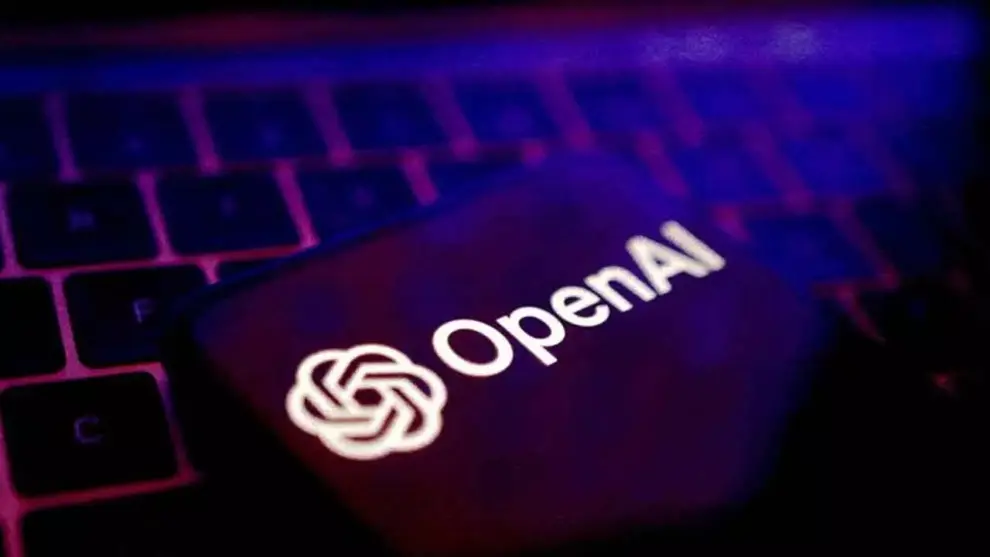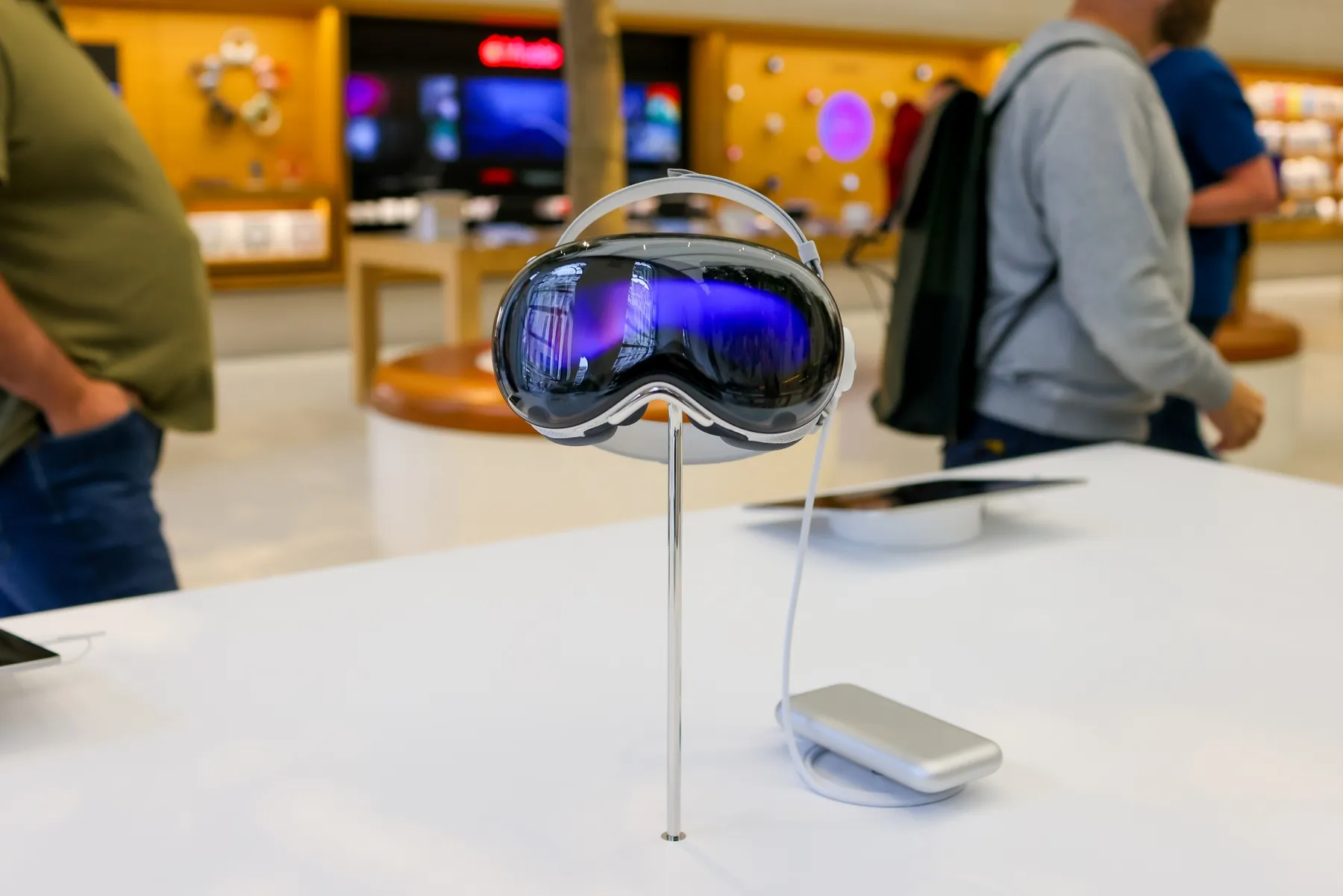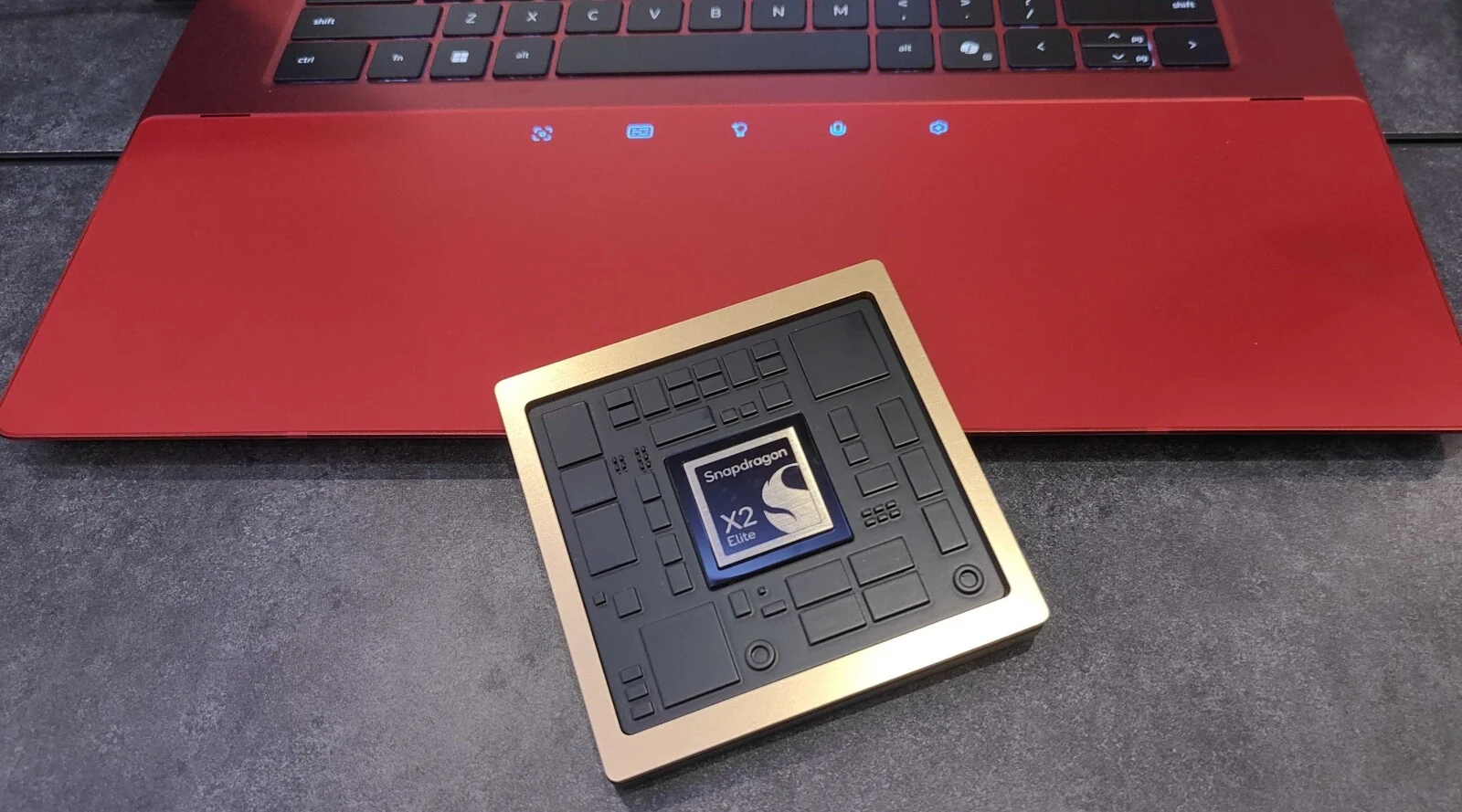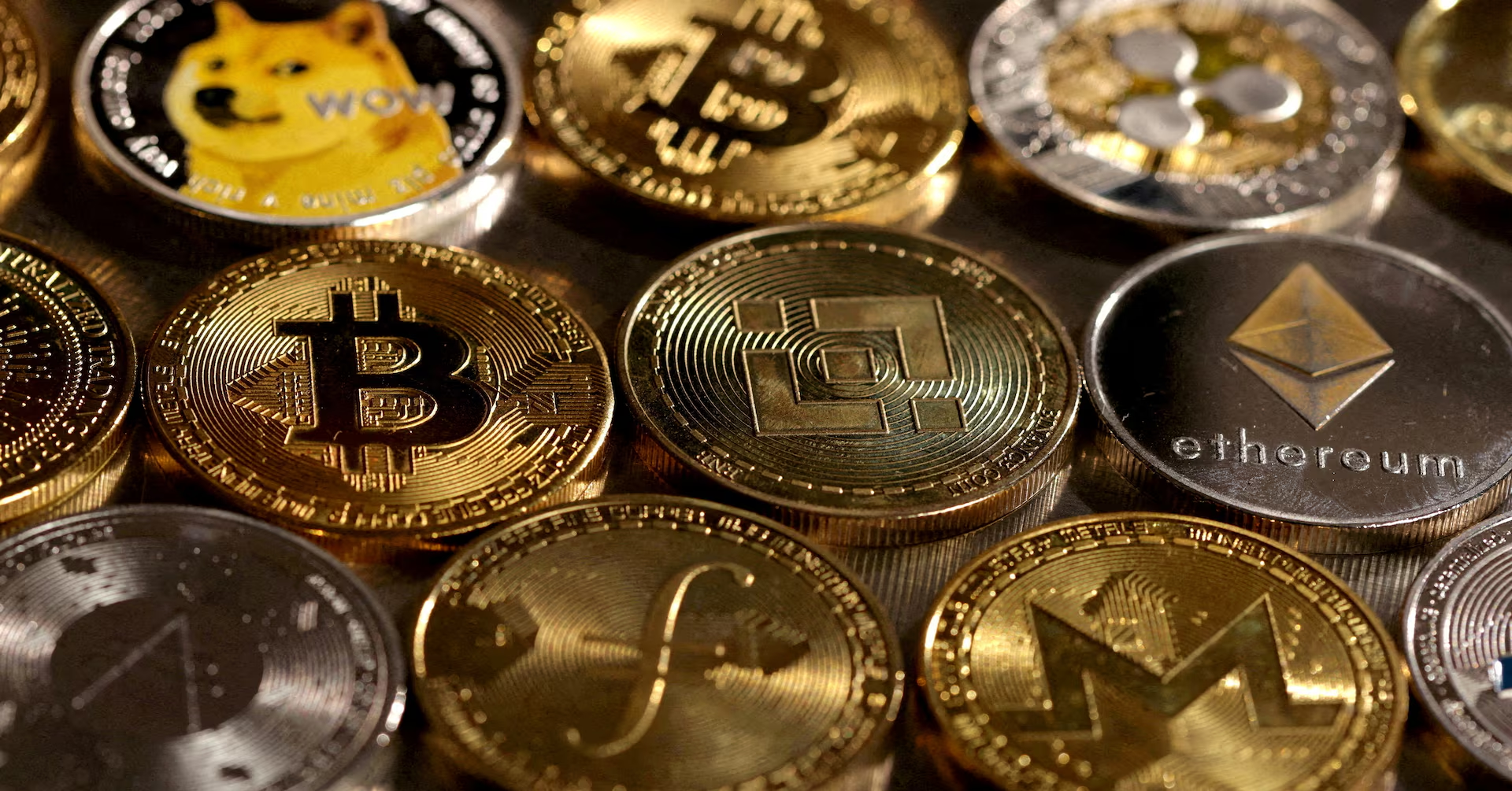In a significant development for the artificial intelligence industry, OpenAI, the creator of widely used AI models like ChatGPT, has begun incorporating Google’s Tensor Processing Units (TPUs) to power its products. This strategic decision marks OpenAI’s first substantial move to diversify its computing resources beyond its traditional reliance on Nvidia’s Graphics Processing Units (GPUs), which have long been the gold standard for AI workloads. The shift indicates a calculated effort by OpenAI to manage escalating operational costs and secure a more resilient AI infrastructure amidst intense demand for computing power.
Key Takeaways:
- OpenAI is integrating Google’s Tensor Processing Units (TPUs) into its operations, marking a notable diversification in its AI chip strategy.
- This move reduces OpenAI’s historical reliance on Nvidia’s Graphics Processing Units (GPUs) for powering its AI models, particularly for inference tasks.
- The primary motivations for this shift appear to be enhanced cost efficiency and greater flexibility in managing its substantial computational demands.
- While Google and OpenAI are direct competitors in the AI sector, this collaboration highlights a growing trend of strategic partnerships driven by infrastructure needs.
- Nvidia remains a key supplier for OpenAI, especially for demanding AI model training, but the introduction of TPUs signals a broader, multi-supplier approach.
- Google is actively expanding the external availability of its proprietary TPUs, previously reserved mostly for internal use, to grow its cloud business.
For years, Nvidia has maintained a near-monopoly in the AI chip market, with its GPUs powering the vast majority of AI training and inference tasks globally. Companies building and deploying large AI models, including OpenAI, have heavily invested in Nvidia’s hardware, such as the A100 and H100 GPUs. These chips, optimized for parallel processing, have been crucial for the computationally intensive nature of deep learning. However, the high cost of these specialized GPUs, often ranging from $25,000 to $40,000 per unit for models like the H100, combined with supply chain constraints, has pushed major AI players to seek alternatives.
OpenAI’s pivot to include Google’s TPUs is a direct response to these pressures. Tensor Processing Units are custom-designed AI accelerators developed by Google, specifically optimized for the types of matrix operations prevalent in neural networks. While initially designed for internal use within Google, the company has increasingly made its Cloud TPUs available to external customers. The integration of TPUs is expected to bring substantial cost efficiencies for OpenAI, particularly for inference tasks – the process where an AI model uses its trained knowledge to make predictions or decisions based on new information. As AI applications like ChatGPT scale to millions of users, the cost of inference can become a considerable operational expenditure.
Understanding the Hardware: GPUs vs. TPUs
To appreciate the significance of OpenAI’s move, it is important to understand the distinctions between GPUs and TPUs.
Graphics Processing Units (GPUs): Nvidia’s GPUs, like the A100 and H100, are highly versatile parallel processors. They excel at general-purpose computing and are widely used for both training complex AI models and performing inference. Their strength lies in their ability to handle thousands of computations simultaneously, making them ideal for the massive datasets and intricate algorithms involved in AI. Nvidia’s CUDA platform, a software layer that allows developers to program its GPUs, has also played a pivotal role in solidifying its market position by creating a robust and widely adopted ecosystem. With an estimated 80% to 90% share of the AI accelerator market, Nvidia’s dominance is underpinned by constant innovation in hardware and a comprehensive software ecosystem.
Tensor Processing Units (TPUs): Google’s TPUs are Application-Specific Integrated Circuits (ASICs) meticulously engineered for machine learning workloads. Unlike general-purpose GPUs, TPUs are designed with a focus on specific operations critical to neural networks, such as matrix multiplications. This specialization allows them to perform these operations with greater power efficiency and at a lower cost for certain AI tasks, particularly inference. Google’s Cloud TPU v5e, for example, is highlighted for its cost-effective inference capabilities, delivering up to 2.5 times more throughput performance per dollar and up to 1.7 times speedup over previous versions like Cloud TPU v4. Each TPU v5e chip can provide up to 393 trillion integer 8-bit operations per second. Newer TPUs like Ironwood, launched in April 2025, are specifically optimized for large-scale inference, boasting 7.37 terabytes per second of memory bandwidth per chip and a 2x improvement in performance per watt over TPU v4 (Trillium).
While Nvidia’s GPUs remain highly effective for the intensive training of AI models, TPUs can offer a competitive advantage for the repetitive and high-volume computations involved in serving AI models to end-users. This differentiation in optimization explains why OpenAI might choose to leverage both technologies, using Nvidia for training and Google’s TPUs for inference.
Strategic Implications and Market Dynamics
OpenAI’s decision to integrate Google’s TPUs has several strategic implications for both companies and the broader AI landscape.
For OpenAI: The move provides OpenAI with greater flexibility and a more diverse supply chain for its compute infrastructure. Reducing reliance on a single vendor like Nvidia mitigates risks associated with supply bottlenecks and pricing fluctuations. More importantly, it is a calculated step towards optimizing operational costs. As AI models become more sophisticated and widely adopted, the computational resources required to run them become a significant overhead. By leveraging Google’s TPUs, particularly for inference, OpenAI aims to achieve significant savings. This diversification also allows OpenAI to tap into different technological strengths. While Nvidia is renowned for its training capabilities, Google’s deep experience in deploying AI at scale within its own products makes its TPUs a compelling choice for efficient inference.
This is not the first time OpenAI has considered diversifying its chip strategy. Reports from late 2023 indicated that OpenAI had begun assembling a team of engineers to design its own custom AI chip, with plans for fabrication by TSMC using advanced 3-nanometer technology for mass production by 2026. This long-term ambition for in-house chip development further underscores OpenAI’s commitment to controlling its hardware destiny and reducing external dependencies. The current adoption of Google’s TPUs could be seen as an immediate solution to pressing compute needs while its own custom silicon initiatives progress.
For Google: Welcoming OpenAI as a TPU customer is a notable win for Google Cloud. It validates Google’s substantial investments in its proprietary AI hardware and strengthens its position as a key provider of AI infrastructure. Historically, Google’s TPUs were primarily reserved for internal projects like powering Google Search and Gemini. However, Google has been actively expanding external access to these chips, seeking to grow its cloud business. This strategy has already attracted other prominent clients, including Apple and AI startups like Anthropic and Safe Superintelligence, both founded by former OpenAI leaders. By bringing OpenAI into its fold, Google demonstrates the capabilities and appeal of its end-to-end AI ecosystem, spanning hardware, software, and cloud services, even amidst direct competition in the generative AI space. It showcases a willingness to engage in “co-opetition,” where rival companies collaborate on foundational infrastructure while competing on AI model development and applications.
For Nvidia: While OpenAI’s move represents a diversification, it does not imply a complete abandonment of Nvidia. OpenAI remains one of Nvidia’s largest customers, particularly for the rigorous demands of AI model training. Nvidia’s advanced GPUs and its established CUDA ecosystem still hold a considerable advantage in this area. However, the shift by a major player like OpenAI sends a clear signal to the market: the era of single-vendor reliance in AI hardware may be fading. This could spur Nvidia to further innovate, potentially leading to more competitive pricing or new offerings tailored to specific AI workloads like inference. Increased competition from Google and other chip developers like AMD and Intel, who are also making strides in AI chip development, could ultimately benefit the broader AI industry by driving down costs and accelerating innovation. Nvidia’s ongoing acquisitions, such as Run:AI for Kubernetes-based GPU cluster orchestration and Deci for neural network optimization, indicate its commitment to maintaining its lead through a full-stack approach.
The Broader AI Infrastructure Landscape
The collaboration between OpenAI and Google reflects a broader trend within the AI industry towards multi-supplier and multi-cloud strategies. Companies are increasingly recognizing the need for operational resilience and cost optimization as AI becomes more pervasive. The demand for computing power for AI models continues to grow at an exponential rate, making infrastructure diversity a strategic imperative. This push towards specialized AI chips, whether from Google, Amazon (with its Trainium and Inferentia chips), or even in-house development by companies like Meta (MTIA) and Tesla (Dojo), is a testament to the evolving needs of the AI sector.
The high investment required for AI chip development, often exceeding $500 million for a single iteration, highlights the financial and technical commitment involved. However, the potential for significant cost reductions in compute and improved performance metrics makes such investments attractive for leading AI organizations.
The implications of this evolving chip landscape extend beyond corporate balance sheets. A more competitive and diversified AI chip market could lead to a democratization of AI capabilities. If computing costs decrease, it could enable smaller startups, academic institutions, and a wider range of industries to access and leverage advanced AI models without prohibitive infrastructure expenses. This could accelerate AI innovation across various sectors, leading to new applications and services.
In conclusion, OpenAI’s decision to tap Google for AI chips, while retaining its relationship with Nvidia, signifies a pragmatic and strategic evolution in its infrastructure management. It underscores the critical importance of cost efficiency, supply chain resilience, and technological diversification in the rapidly expanding and resource-intensive field of artificial intelligence. This collaboration, even between competitors, highlights a maturity in the AI industry where shared infrastructure needs can outweigh direct market rivalry, potentially shaping a more dynamic and competitive future for AI hardware development.
FAQ Section
Q1: Why is OpenAI using Google’s AI chips instead of solely relying on Nvidia?
A1: OpenAI is diversifying its chip suppliers to enhance cost efficiency, particularly for AI inference tasks (running AI models for predictions), and to secure a more flexible and resilient computing infrastructure. Nvidia’s GPUs are powerful but can be expensive and subject to supply constraints.
Q2: What are Google’s Tensor Processing Units (TPUs) and how do they differ from Nvidia’s GPUs?
A2: TPUs are custom-designed AI accelerators developed by Google, optimized for specific machine learning operations like matrix multiplications. Nvidia’s GPUs are more general-purpose parallel processors. TPUs can offer better cost-performance for inference workloads, while Nvidia’s GPUs are widely used for intensive AI model training due to their versatility and established software ecosystem.
Q3: Will OpenAI stop using Nvidia chips entirely?
A3: No, OpenAI is not expected to stop using Nvidia chips entirely. Nvidia remains a key supplier, especially for the demanding task of training large AI models. OpenAI’s strategy appears to be one of diversification, leveraging the strengths of both Google’s TPUs for inference and Nvidia’s GPUs for training.
Q4: How does this move impact the competition between Google and OpenAI in the AI space?
A4: Despite being direct competitors in developing AI models and services, this collaboration shows a pragmatic approach where infrastructure needs drive partnerships. Google benefits by expanding the customer base for its Cloud TPUs, validating its hardware investments, while OpenAI gains access to specialized, cost-effective computing resources.
Q5: What are the potential benefits of this chip diversification for the broader AI industry?
A5: This diversification could lead to increased competition among AI chip manufacturers, potentially driving down hardware costs and accelerating innovation. Lower computing costs could make advanced AI more accessible to a wider range of companies and researchers, fostering broader AI development and application.
Q6: What is AI inference and why is it important for OpenAI?
A6: AI inference is the process where a trained AI model processes new data to make predictions or decisions. For OpenAI, which operates widely used services like ChatGPT, efficient and cost-effective inference is crucial for serving millions of users and managing large-scale operational expenditures.








